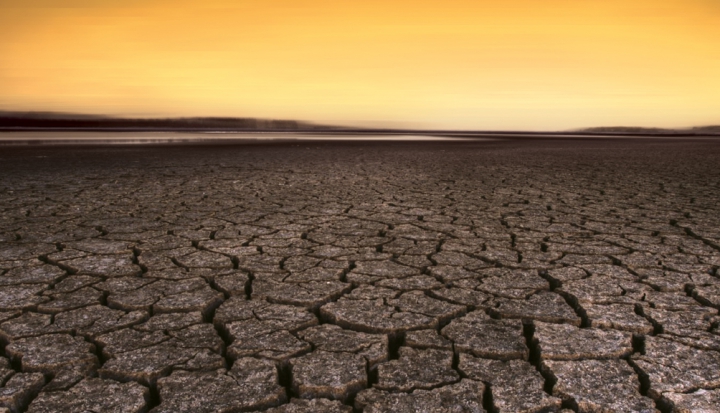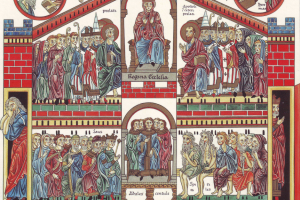As tensions heat up in Iraq, one underlying cause of the conflict remains overlooked.
In mid-June, a lightning-fast assault by Islamist extremists bannered under the Islamic State of Iraq and Syria (ISIS) tore through northern Iraq. In quick succession it claimed key Iraqi cities, with the nation’s second largest, Mosul, among them. The shocking and brutal efficiency of the strike, which put more than 500,000 people to flight and drove the few remaining Christians out of Mosul, demonstrated definitively how far Iraq and the region around it is from anything approaching the stability that had been maintained, if brutally, by the deposed and executed Saddam Hussein.
That may be the hard reality for decades to come, no matter what the Obama administration decides to do now to turn back a surging Sunni rebellion against what has become a Shiite-dominated—and biased—Iraqi government. The region’s acutely vulnerable Christians and other religious minorities remain the biggest losers as the tensions between the larger actors play out. We may be witnessing an end game for the nation of Iraq as it has been constituted since its colonial days—a more or less cobbled-together fiction bound by despotism now unraveling before our eyes.
If you have kept track of the vying interests and political and military plays of various Shiite, Sunni, Kurdish, and Turkish parties and assessed the likely moves of economically interested players from the West, you may feel you have a good grasp on the crisis and its origins. But not so fast. There is one major contributor to instability in Iraq and Syria that frequently goes missing when pundits convene on CNN, MSNBC, and Fox News: climate change.
Some political scientists have already concluded that what is partly propelling the breakdown in Syria and now Iraq is not merely the latest chapter in an age-old conflict between two hostile forces within Islam. It is instead something completely modern—a conflict at least partly propelled by the effects of global warming and the abrupt drying up of what is already a pretty arid part of the world. It is a conflict that will only be exacerbated by a vicious cycle of instability and competition over declining water resources.
In the opening months of 2010, after two years of drought, 300,000 rural Syrian families abandoned their homes in the nation’s countryside as wells, crops, and economic prospects were drying up. They made their way to Damascus, Aleppo, and other cities, seeking work and assistance in what the United Nations called one of the “largest internal displacements in the Middle East in recent years.”
Less than a year later, thousands of young, now unemployed men from dislocated families joined a surging Sunni street chorus for political change that erupted into the Syrian Civil War. That conflict has consumed Syrian cities and more than 160,000 lives, destabilizing the region and creating a training ground for the ISIS militants who are now driving the dismemberment of Iraq. Syria’s civil war allowed ISIS to gain access to men, equipment, and a funding stream through a “tax” on local businesses and the oil and gas sector in areas it controlled.
This is the complex, interconnected world we inhabit. Decisions we make in the advanced economies of the West—whether or not to confront climate change, whether to continue our oil addiction or switch to renewable energy sources—will have an impact not just on the environment or global warming but on the level of suffering inflicted on vulnerable communities around the world as well.
Responding to this complicated interplay of economic, political, and ecological forces demands creative and comprehensive thinking. It could be that parking your car and retooling your home electrical system toward the latest in sustainable energy sources may prove as critical a component of peacemaking as any U.N. deployment. It is a time uniquely rich in hazards and complexity; it is also a time uniquely rich in opportunity for everyone to make significant, if small, contributions to the peace we say we want to have.
This article appeared in the August 2014 issue of U.S. Catholic (Vol. 79, No. 8, page 39).
Image: Flickr photo cc by Josh Summers












Add comment